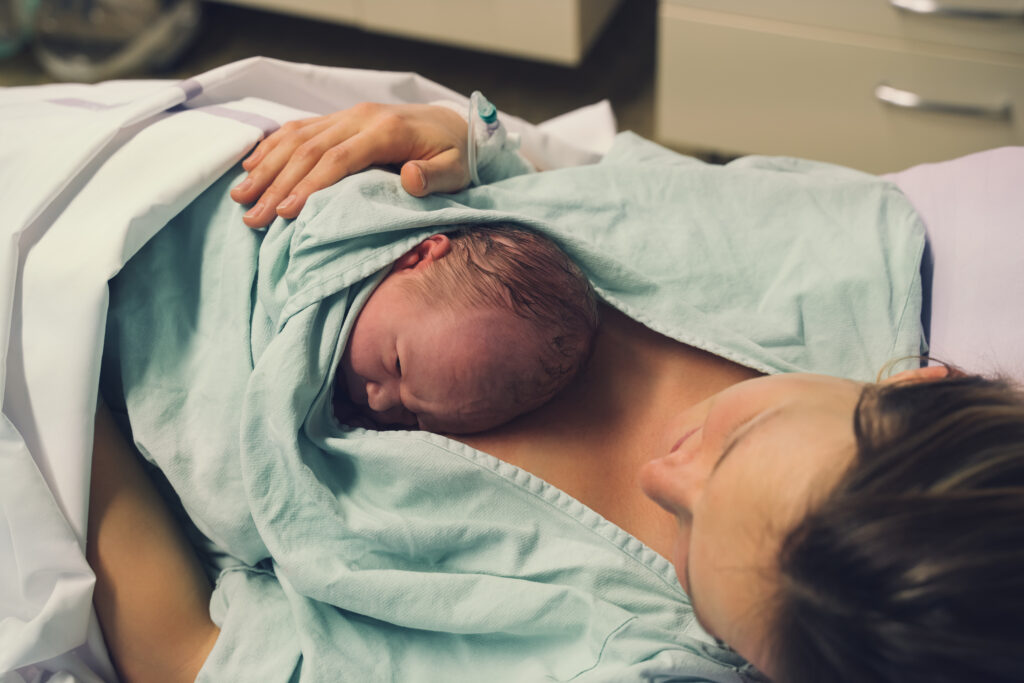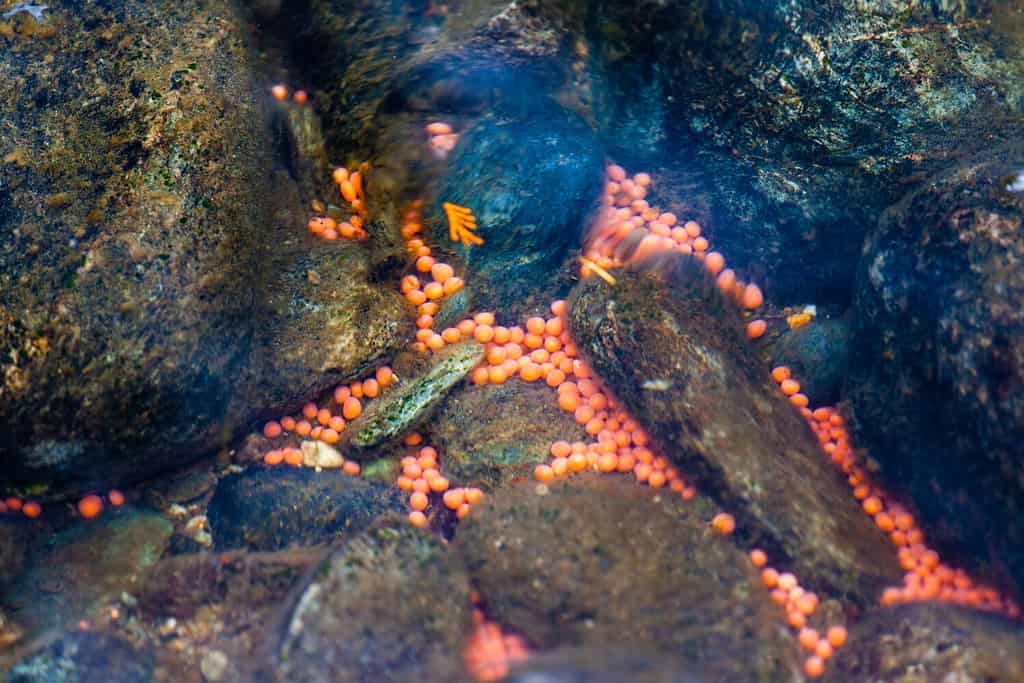Fertilization is the process of the fusion of male and female gametes to form a zygote. The zygote is the first cell that will become the new individual. Fertilization occurs in both animals and plants, but the process is different in each.
How to Pronounce
Fertilization is pronounced [fr·tuh·lai·zay·shn]
Summary
Most animals and plants require a partner for reproduction. This is called sexual reproduction. (However, some organisms reproduce by asexual reproduction, which does not include fertilization.)
During sexual reproduction, a process called fertilization takes place in which organisms share their genetic material. In animals, the male transfers sperm to the female’s egg. In plants, fertilization occurs when the male plant shares pollen with the female plant’s egg. The pollen contains the plant’s genetic material.
Reproducing sexually by fertilization rather than asexual reproduction is advantageous for many species, although it has a downside.
- Advantage: Sharing genetic material produces genetically diverse offspring, giving organisms a greater chance of survival in changing environments.
- Disadvantage: Sexual reproduction requires more time and energy than asexual reproduction.

Nearly all
mammals
reproduce using internal fertilization.
©Natalia Deriabina/Shutterstock.com
Internal Versus External Fertilization
Fertilization can occur either internally (inside the female’s body) or externally (outside the body.) Nearly all mammals reproduce using internal fertilization, while many fish and amphibians, such as frogs, reproduce using external fertilization.
Internal fertilization can occur through three methods:
- oviparity (egg laying outside the female body)
- ovoviparity (egg develops within the female)
- viviparity (live birth)
On the other hand, external fertilization occurs outside the body of the parent and is most common in aquatic animals. Typically, water is needed for the gametes to travel. An example of this is when salmon reproduce. The female salmon will lay eggs in riverbed depressions that she has formed using her tail. A male salmon will come along and fertilize the eggs.

The female salmon will lay eggs in riverbed depressions that she has formed using her tail. A male salmon will come along and fertilize the eggs.
©Ronnie Chua/Shutterstock.com
Fertilization in Plants
Flowering plants reproduce by cross-pollination. In this process, an egg from the female part of the flower (stigma) is fertilized by pollen from the male part of the flower (anther.) Cross-pollination requires an insect, such as a butterfly, to transfer the pollen.
Once the pollen lands on the stigma, its carried through the plant through a long, tubelike structure into the plant’s ovaries where fertilization takes place. Some plants (such as apples and broccoli) have both parts and can self-pollinate. These plants are hermaphrodites.

Cross-pollination requires an
insect
, such as a
butterfly
, to transfer the pollen.
©SL_Art/Shutterstock.com



